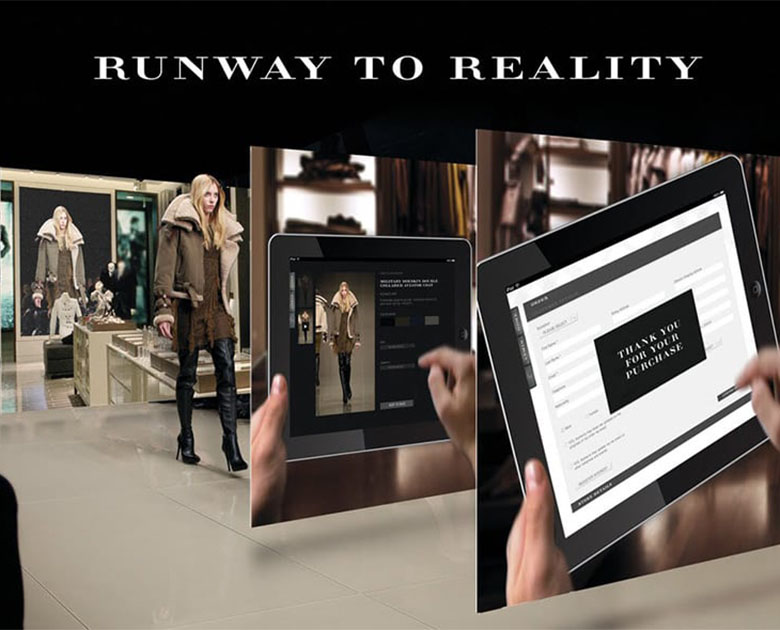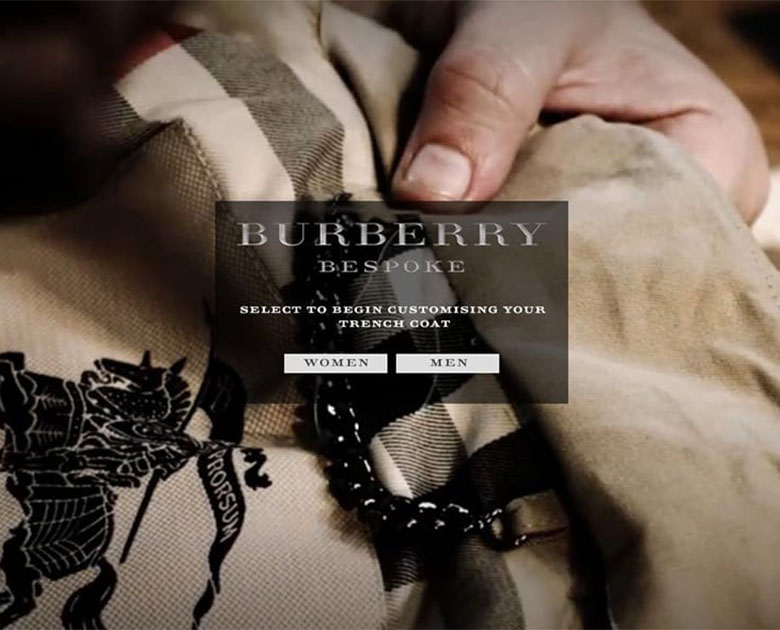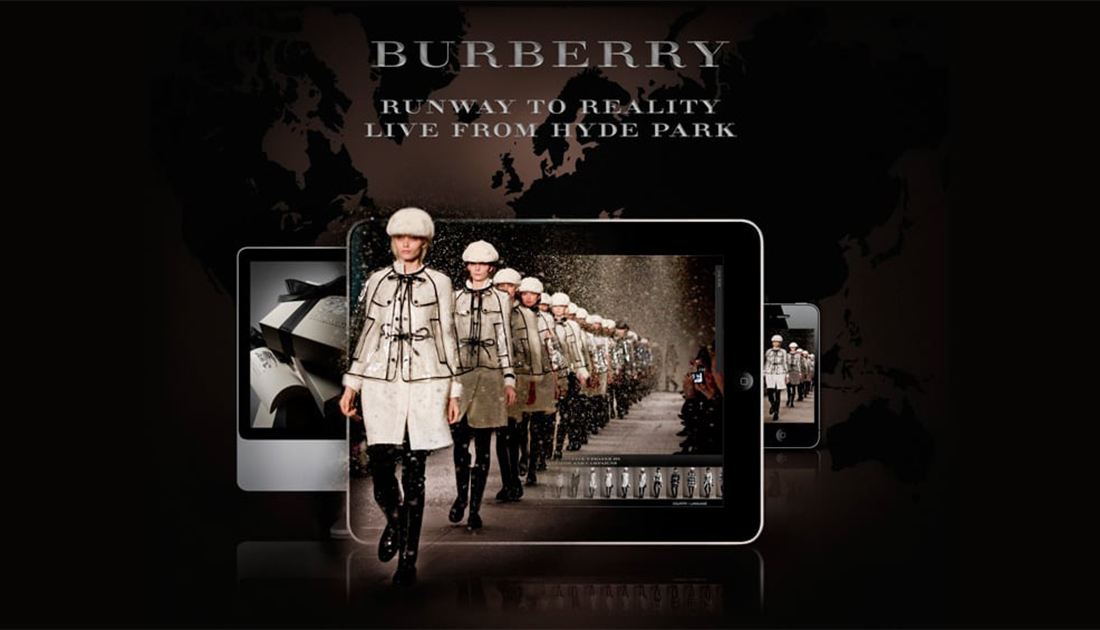Challenges for luxury brands in the digital space
Luxury customers have high expectations. They want superb quality, beautiful packaging, attentive service and seamless delivery. And they want all these things in a timely manner without feeling like a nameless face in the crowd.
Luxury brands need to focus on making their customers feel special. This goes beyond ensuring each customer is addressed and welcomed, and moves into creating a tailored experience for the individual. Customers are willing to part with larger amounts of their hard-earned money to buy into the premium market. When consumers make a luxury purchase, it is not just the product they are purchasing; they are investing in the experience. Many brands and retailers offer a premium service, however, the luxury market hinges on the belief that the product being sold is limited edition, hard to find and tailored to a unique audience who can obtain it. The buyer will want to believe that they too are unique and their patronage is limited edition. As more consumers switch to the digital space to experience this luxury market, however, brands face challenges in converting their premium offerings to a digital method.
The online space, particularly in the retail sphere, can feel bland and repetitive to modern consumers who browse a number of e-commerce sites daily. Retailers must focus on communicating the luxury look and feel of their brand while delivering the fast, effective purchase methods so many consumers expect today. In-store experiences are highlighted by intense personalisation and customised experiences; attention to specific details and a catered encounter is likely to yield a favourable review and repeat purchases. This personalisation needs to be transferred to the digital space in order for luxury retailers to offer the same high level of satisfaction to its customers.
CAPITALISING ON E-COMMERCE AND MOBILE LUXURY
Improving on e-commerce solutions will undoubtedly help luxury brands enhance their digital presence, and so will embracing the rise of mobile commerce. It is safe to assume that the majority of luxury customers are mobile device users, and recent studies show 35% of shoppers make purchases through their mobile devices. Luxury brands can view a mobile commerce solution as an extension of their highly personalised, innovative website as long as they do not lose sight of the original goal: providing customised, personal service to busy consumers.
Mobile technology already exists for online retailers to provide visitors with algorithm-based suggestions and ‘you may like’ offerings based on previous visits to the platform. Luxury brands carve their reputations on providing ubiquitous products that satisfy a consumer’s quest for self-identity. In order to meet these demands and maintain their niche, these premium brands must go above and beyond the standard mobile commerce tender. “You may like” will not be good enough for customers for very long, and brands must ensure their online shopping presence meets the high calibre service set in bricks and mortar stores.
SOCIAL MEDIA AND PREMIUM CONTENT
Social media also presents a challenge for luxury brands online. Nearly 1 in 4 people around the world use social media sites, with one in every five minutes spent on social media in Australia alone. This indicates a large percentage of time that consumers are receptive to advertisements and visual stimulation, yet only 26% of 130 worldwide luxury brands surveyed by Worldwide Business Research indicated a constant use of social media and mobile apps to further their brand and engage with customers. Social media presents a unique environment for brands to engage with both proven and would-be customers. Users can interact with brands and feel as though they are personally contributing to the brand. The issue is again transferring the premium, luxe feel of a luxury brand to a computer or mobile screen and operating within the parameters these set. Visual-focused platforms such as Facebook and Instagram can be instrumental in offering glimpses of premium products, initiatives and campaigns to audiences for whom the luxury lies in the details.
BURBERRY AND THE DIGITAL AGE
London-based luxury outfitter Burberry are pioneers in the marriage of premium brands and the digital space. In September 2010, the retailer launched Runway to Reality. In its infancy, the initiative allowed invited VIP customers to stream runway shows live. These customers were also provided with an iPad that could be used to order items directly from the catwalk, which were then delivered in six weeks. This timeframe was previously unheard of for catwalk fashion. While this click-to-buy function has now been extended to all customers and visitors of Burberry.com, the brand continues to search for new ways to personalise their shoppers’ experience. Burberry Bespoke launched in 2011, allowing users to design a custom trench with their own choice of style, fabrics, colour and accessories. This melding of two worlds, the storied history of a prestigious fashion empire and the digital world we live in, has been successful in giving consumers the luxury products they truly desire in the fast, effective and convenient manner they have grown accustomed to.
While the digital space can present many advantages for both customers and brands, it can also present a challenge for luxury brands to stay true to themselves. These brands have evolved to be known as the highest quality providers of their product, and their reputation rests on this identity transferring to the digital space. With a keen eye and polished touch, however, it will be possible for luxury brands to transcend these challenges and settle in online.




